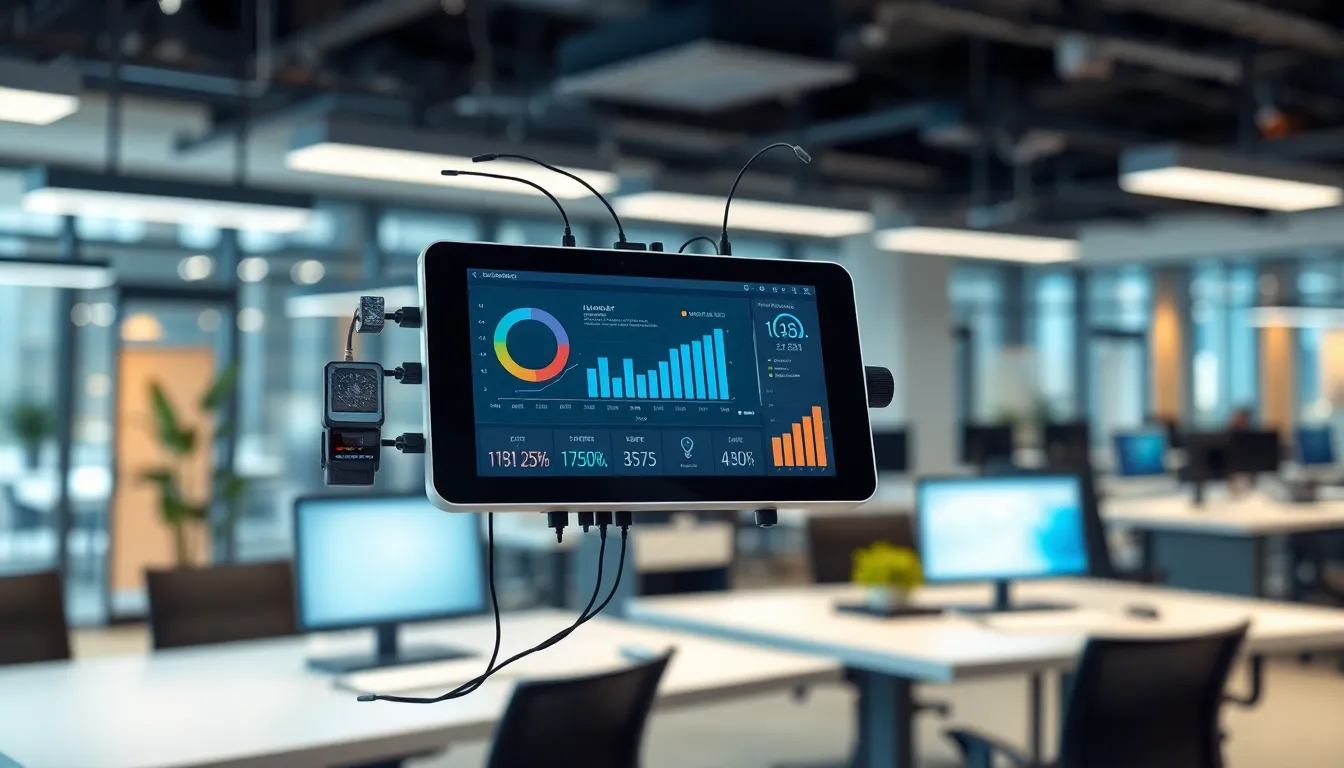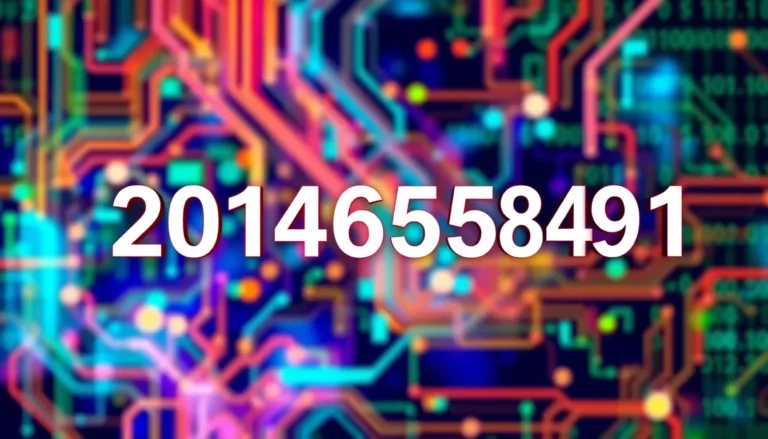In a world where your fridge can remind you to buy milk and your thermostat knows when you’re cold, the Internet of Things (IoT) is not just a tech trend; it’s a lifestyle revolution. Businesses are racing to harness this connectivity, transforming everyday objects into smart devices that make life easier and more efficient. But how do they turn these brilliant ideas into reality? That’s where IoT application development services come into play.
Think of these services as the wizards behind the curtain, crafting the magic that connects devices, gathers data, and streamlines operations. With the right expertise, companies can leap from the mundane to the extraordinary, creating tailored solutions that not only impress but also drive results. So, if you’re ready to join the IoT party, it’s time to explore how these development services can turn your vision into a connected masterpiece.
Table of Contents
ToggleUnderstanding Internet Of Things
The Internet of Things (IoT) transforms how devices interact and communicate. Companies leverage IoT to create smart environments that enhance efficiency and provide convenience.
What Is Internet Of Things?
The Internet of Things refers to a network of connected devices that share data and interact with one another. Sensors, software, and other technologies enable this connection, allowing everyday objects to send and receive information. Smart appliances, wearables, and industrial machines exemplify IoT applications. Each device contributes to a larger ecosystem that promotes seamless communication and data exchange.
Importance Of Internet Of Things
The Internet of Things plays a significant role in improving operational efficiency for businesses. Real-time data collection helps organizations monitor performance, predict outcomes, and respond swiftly to changes. Increased automation reduces human error and enhances productivity across various sectors, including healthcare, manufacturing, and transportation. By harnessing the power of IoT, businesses optimize resources and deliver better services, ultimately leading to improved customer experiences.
Key Features Of Internet Of Things Applications

Key features define the effectiveness and efficiency of Internet of Things (IoT) applications. These elements play a crucial role in enhancing user experience and operational capabilities.
Connectivity and Communication
Connectivity facilitates seamless interaction among devices, enabling reliable data transfer. Multiple protocols, like Wi-Fi, Bluetooth, and Zigbee, support this communication. Devices maintain constant connections, allowing them to exchange information in real-time. Utilizing edge computing minimizes latency, ensuring quick responses to user commands. Communication security enhances data protection, safeguarding sensitive information from unauthorized access.
Data Collection and Analysis
Data collection forms the backbone of IoT applications, providing valuable insights for decision-making. Sensors gather data on various metrics from connected devices, such as temperature, humidity, and motion. Analyzing this data transforms raw information into actionable insights. Machine learning algorithms identify patterns and trends, increasing operational efficiency. Business leaders leverage these insights to optimize processes and improve customer experiences. Real-time analytics support informed decisions, allowing organizations to react promptly to changing conditions.
Internet Of Things Application Development Services
IoT application development services play a vital role in transforming innovative concepts into functional solutions. These services encompass various aspects of the IoT ecosystem, ranging from custom application development to ongoing maintenance and support.
Custom Application Development
Custom application development tailors solutions to meet specific business needs. Companies can design IoT applications that align with their objectives while incorporating unique functionalities. By focusing on user requirements, developers create user-friendly interfaces and efficient back-end systems. This customization enhances the overall user experience and ensures seamless interaction across connected devices. Robust architecture and scalability are prioritized to accommodate future growth.
Integration Services
Integration services streamline the connection between diverse devices and platforms. Developers facilitate communication among various protocols such as Wi-Fi, Bluetooth, or cellular networks. These services enable seamless data transfer and enhance operational efficiency. By integrating IoT applications with existing systems, businesses optimize their workflows and gain valuable insights from real-time data. Strategic integration also ensures that devices work harmoniously, allowing for centralized monitoring and control.
Maintenance and Support
Maintenance and support services ensure the long-term performance of IoT applications. Regular updates address security vulnerabilities and improve functionality. Dedicated support teams assist businesses with troubleshooting and optimizing application performance. These services help maintain device connectivity and data accuracy, which are crucial for effective decision-making. Proactive maintenance minimizes downtime and enhances the overall reliability of IoT systems.
Challenges In Internet Of Things Application Development
IoT application development faces several challenges that organizations must address to leverage this transformative technology effectively. Two critical issues include security concerns and scalability.
Security Concerns
IoT devices often collect sensitive data, making them prime targets for cyberattacks. Data breaches can result in significant financial losses and reputational damage for businesses. Organizations must implement robust security measures, including end-to-end encryption and secure authentication protocols, to protect data integrity. Regular security audits help identify vulnerabilities, ensuring ongoing protection. Furthermore, compliance with regulations such as GDPR is essential to avoid legal repercussions and maintain user trust.
Scalability Issues
Scalability presents another challenge in IoT application development. As businesses grow or deploy additional devices, maintaining performance and reliability becomes complex. A well-designed architecture accommodates growing networks without sacrificing speed or user experience. Developers must leverage cloud services to facilitate seamless scaling and manage increased data loads. Additionally, ensuring interoperability among various devices is critical to support expansion and maintain effective communication across the network.
The potential of IoT application development services is immense. By harnessing this technology businesses can not only improve operational efficiency but also enhance customer experiences. As organizations continue to explore innovative solutions the need for expert development services becomes increasingly critical.
Investing in these services allows companies to navigate the complexities of IoT effectively while ensuring security and scalability. With the right support partners can transform their ideas into impactful applications that drive growth and success in an ever-evolving digital landscape. Embracing IoT isn’t just a trend; it’s a strategic move toward a smarter future.



